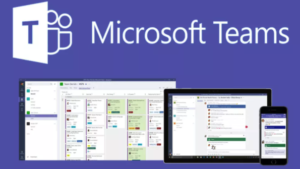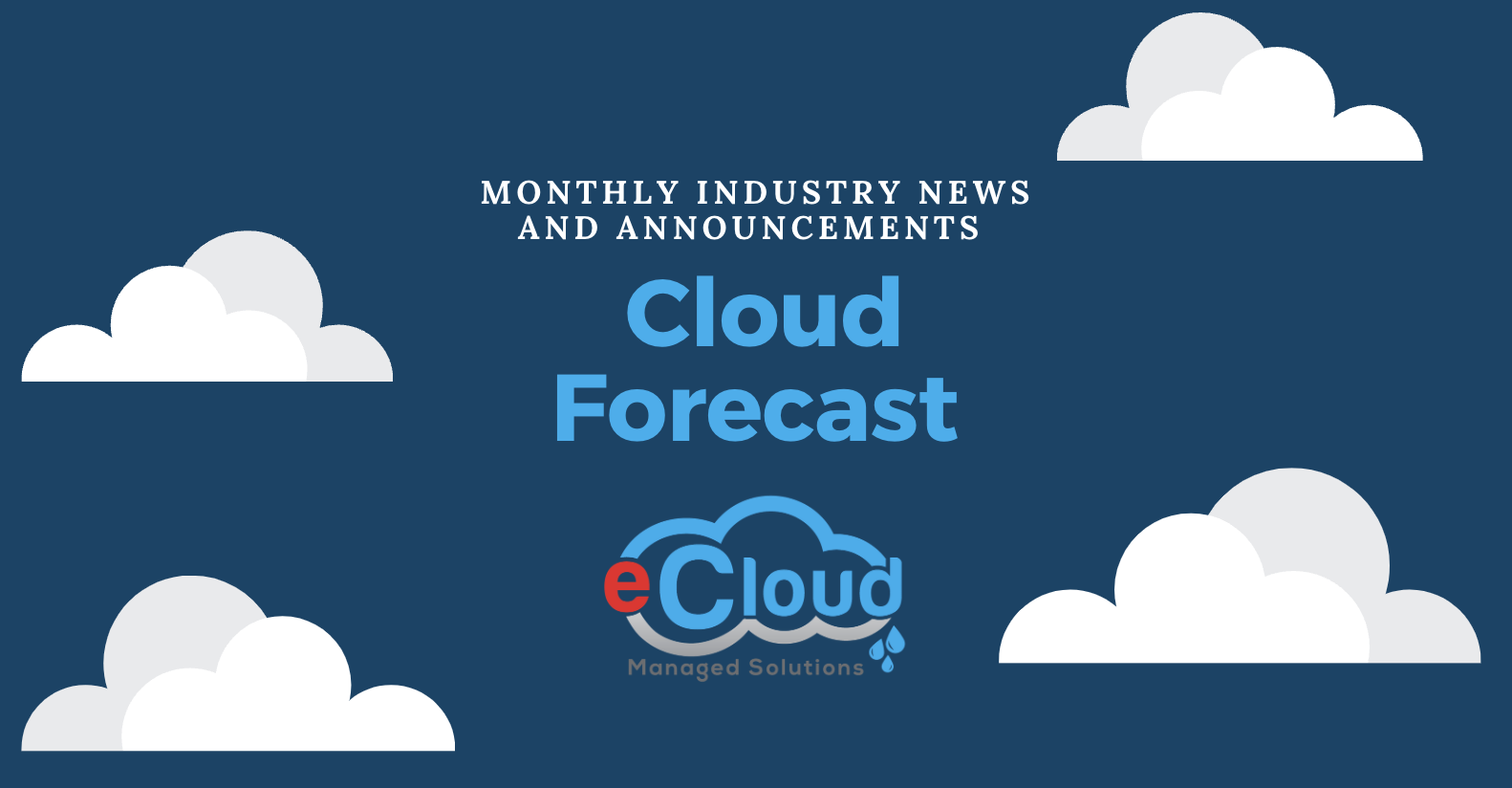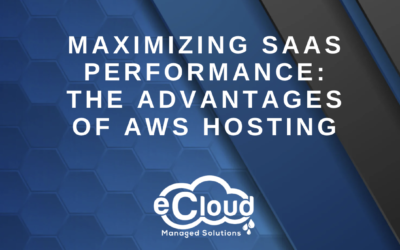Post pandemic skies appear to be partly sunny, but the chance for heavy rain and security issues could be in the forecast.
The State of the Cloud Report.
The post-pandemic world comes into focus and FinOps practices gain momentum.

The Highlights
The Flexera 2022 State of the Cloud Report survey captured insights into the growing reliance on Microsoft Azure, the move toward the use of native tooling and the massive uptake of cloud among small to midsized businesses. Among the most
interesting highlights:
The need for FinOps grows
Cloud costs continue to grow, and the amount of waste remains high. Numerous roles, including IT/ Ops, cloud centers of excellence and FinOps teams, are seeking to keep costs down.
Microsoft Azure usage surpasses that of AWS
In several instances in the 2022 survey, Microsoft Azure usage met or exceeded that of Amazon Web Services (AWS).
Native tooling gains traction
Third-party tools that assist in areas such as orchestration and container management seem to be losing ground to native tooling from the cloud providers themselves.
Growth of SMB cloud usage
Cloud spend by SMBs reflects a massive uptake, with 53 percent of SMBs spending more than $1.2 million—up from 38 percent reported last year.
Explore eCloud Solutions for Banking & Financial Services
If you would like a full copy of the report let us know. – Get Your Full Report
SOURCE: Flexera 2022 State of the Cloud Report
Oppenheimer Industry Update March 2022
In summary Google Cloud broadly raised prices, particularly for storage, effective October 1. Those with existing commit contracts with a floating or fixed discount will not be impacted by these changes until the end of their contracts. Google said the price increases were a result of “significant investments” as well as to accommodate customers increasingly preferring “a multicloud approach.” Cloud pricing in general is complex, but the upshot is that GCP is significantly raising prices as it has been lower than peers and burning more cash. The company is No. 3, behind Azure and AWS, which are two and three times larger, respectively. The news is positive for the three large hyperscalers and indicative of robust demand, while somewhat negative for cloud applications companies paying higher prices to host their software.
 Key Findings
Key Findings
AT&T and Verizon both forecast a spike in CAPEX then moderation at their recent Analyst Days, but we are skeptical due to the need to build out wireless/wireline broadband due to competitive threats and risomg construction and equipment costs. Light Reading summarizes the many vendors raising prices including Nokia, Cisco, CommScope, Ciena and Cambium. Dell’Oro: “Following twenty years of average macro basestation price declines in the 5% to 10% range, we are now modeling RAN prices to increase.” An outlier to this inflationary trend is 5G systemon-a-chip now $40 to $45, but falling to $20E late this year or early next year, benefiting handset manufacturers, not operators.
■ Flexera’s 2022 State of the Cloud report polled 753 respondents in late 2021 and found Azure the only cloud whose adoption had grown significantly over the past year. 80% of enterprises using Azure, up from 73% prior year, AWS’s share dropped from 79% to 77%, Google Cloud 48% down from 49%, while adoption of Oracle Cloud dropped from 32% to 27% and IBM Cloud flat at 25%. Separately, Euro OVHcloud (1% share) filed an antitrust complaint in Europe against Microsoft claiming it makes it more expensive to use competitors.
■ Our colleague Martin Yang hosted ironSource’s CEO for an NDR. IS sees “net benefit” from Apple and Google’s privacy changes, and claims Aura, which competes against Digital Turbines Ignite, “has won most RFPs it participated in.”
■ WSJ rehashes persistent concerns that telcos spending hundreds of billions on 5G will find it difficult to recoup the investment. We have previously opined that there is always a lag between the introduction of each subsequent wireless “G” generation and emerging killer app. So far, telcos appear to lean heavily on fixed wireless and private enterprise 5G as future revenue drivers.
■ T-Mobile renegotiated its wholesale MVNO agreement with Google’s Google Fi, but did not offer details. Altice disclosed weeks ago that it is close to signing a new MVNO with T-Mobile. The broader re-look at MVNOs is part of Magenta’s Sprint integration. Recall, TMUS had been feuding with Dish over its CDMA network shutdown, but signed a new MVNO, pending DOJ review. The Dish example’s illustrative, as it signed separate deal with AT&T capping T-Mobile’s leverage. ■ China locked down tech hub Shenzhen under its zero-COVID policy, leading Foxconn to relocate production of Apple products to alternate facilities. This combined with Russia
Source: OPPENHEIMER
Shields Up On Cybersecurity. 
In the wake of the Russian/Ukraine conflict, it’s pertinent your customers receive cybersecurity advice and resources from their trusted MSPs.
While there are no credible cyber threats to the U.S., CISA is reporting “every organization- large and small- must be prepared to respond to disruptive cyber activity… recommends all organizations- regardless of size- adopt a heightened posture when it comes to cybersecurity and protecting their most critical assets.”
Our partners at Highwire Networks have put together a new Overwatch Prevention Suite for our customers. You can also revisit managed detection and response with your clients, from EDR to open-XDR. When managing cybersecurity an end-to-end visibility is the best proactive approach. Let us know how we can implement Threat Prevention and Detection & Response for you.
Managed End-to-End Cybersecurity Solutions
- Overwatch Prevention Suite (OPS)
- SaaS Application Access Control
- Patch Management
- Managed Firewall
- Ransomware Kill Switch
- Identity Access Management
- Security Awareness Training
- Open Extended Detection and Response (Open XDR)
- Network Detection and Response (NDR)
- Endpoint Detection and Response (EDR)
Explore eCloud Web Application Firewall Solutions
Enjoy your inflight upgrade.
- Eliminate Extended Support Costs – these can run into the tens of $millions
- Migrate & Modernize – Retire legacy Windows or Linux OSs as part of a migration project
- Stay Secure – Avert the security risk of older OSs
- Keep compliant on supported software
- Extend the life of your applications
- Risk Free – Upgrade is performed on target clone – source is never interrupted, allowing time to test before cutover
Please let me know if you’d like to set up a call to discuss how eCloudms can get you bumped up to first class cabin status with an upgrade as part of your journey. As always thank you for flying with us.
Get Started
Speak with a cloud consultant today.
eCloud dramatically simplifies backup and recovery by consolidating multiple point products on a single software-defined platform that spans from on-premises, enterprise edge, and to the public cloud. Architected on web-scale principles, eCloud can natively run in the public cloud and offers comprehensive protection against ransomware. We future-proof our backup and recovery strategy whether you’re on-premise, hybrid, or fully in the public cloud.
Typically, eCloud helps customers reduce their TCO by 50 to 70% with our proven solutions.
Author: Eric Sanders, Managing Partner

________________________________________________________________________





